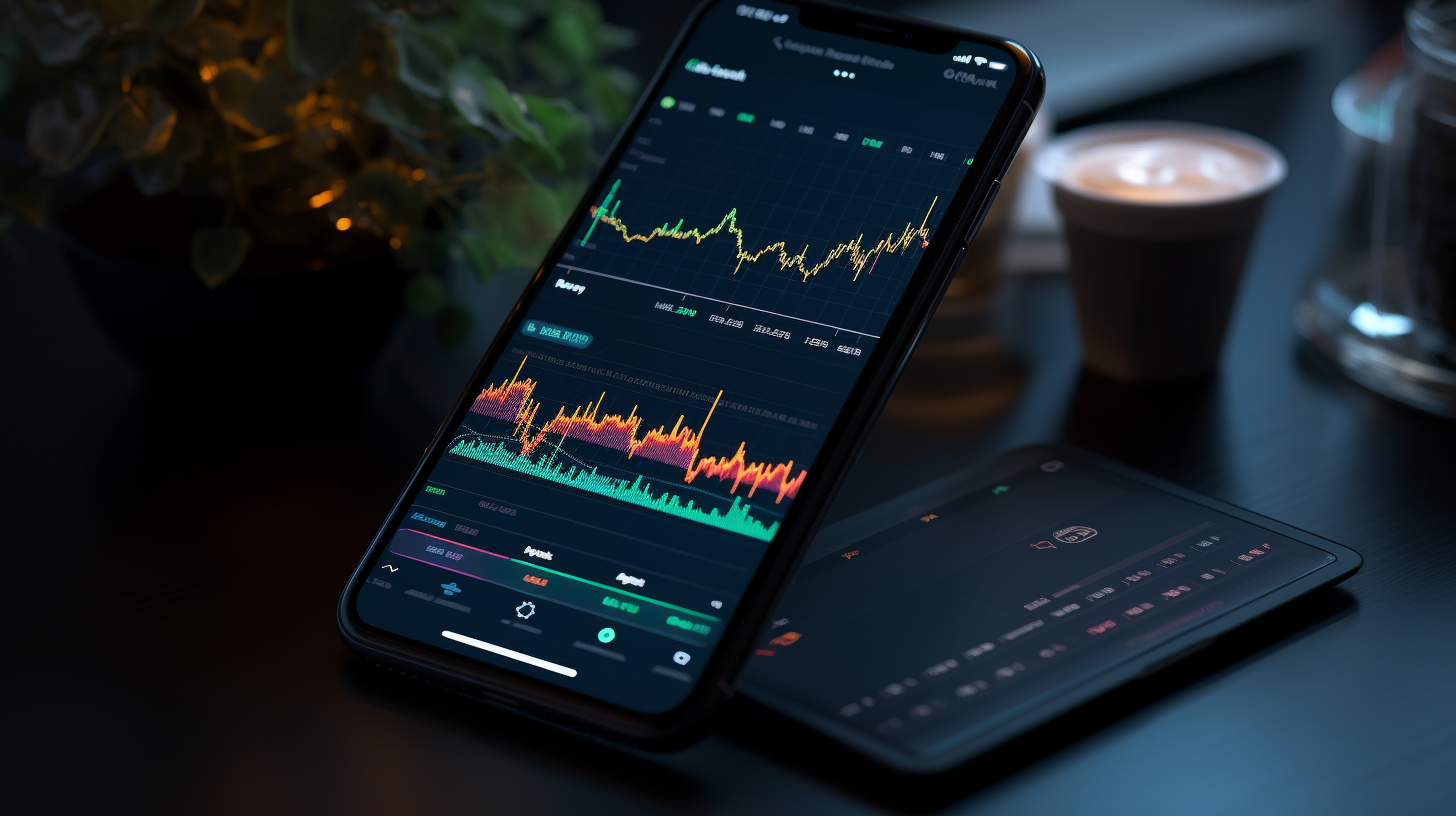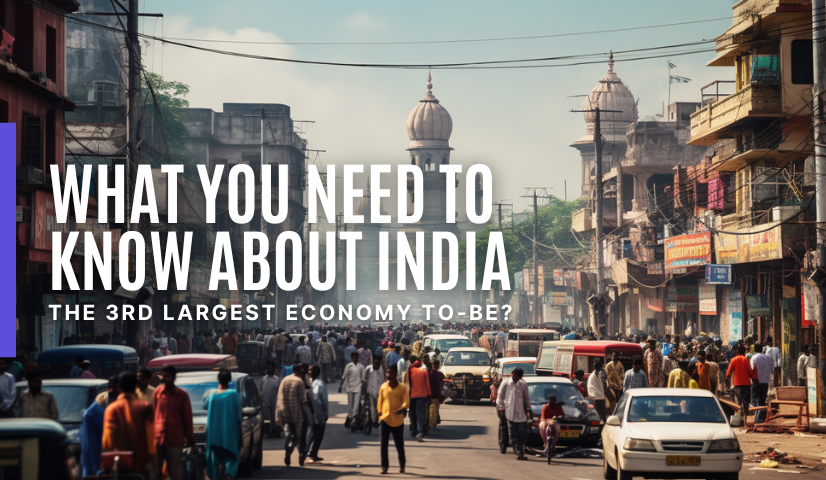
KEYTAKEAWAYS
-
Developing countries lead in fintech, driven by unmet demand and digital payments.
-
Equity investments fuel fintech growth in well-developed markets.
-
Digital payments revolutionize financial inclusion and remittance costs.
-
Balanced government policies are crucial for fostering fintech innovation.

- KEY TAKEAWAYS
- DEVELOPING COUNTRIES CONTINUE TO LEAD IN FINTECH DEVELOPMENT AND ADOPTION
- GROWTH MOMENTUM 1: EQUITY INVESTMENTS IN THE FINTECH SECTOR
- GROWTH MOMENTUM 2: DIGITAL PAYMENT USAGE
- GROWTH MOMENTUM 3: NUMBER OF FINANCIAL APP DOWNLOADS
- GROWTH MOMENTUM 4: FRIENDLINESS AND OPENNESS OF GOVERNMENT POLICIES
- DISCLAIMER
- WRITER’S INTRO
CONTENT
DEVELOPING COUNTRIES CONTINUE TO LEAD IN FINTECH DEVELOPMENT AND ADOPTION
The World Bank notes that countries with more profound, inclusive, and competitive banking systems have lower fintech activity levels than countries with poorer and less competitive ones. This may be partly due to higher barriers to entry and fewer opportunities for digital financial services. The World Bank recognizes that developing countries can offer opportunities for rapid fintech development, albeit they lack advanced banking ecosystems. It is well known that FinTech is closely linked to a country’s economic growth, and there is a significant amount of FinTech credit and digital payments business activity in some low- and middle-income countries. At the same time, factors such as the sophistication of the information and communications infrastructure, and fintech-related regulations and policies also affect fintech development in different countries.
Meanwhile, the Ernst & Young Global Fintech Adoption Index, which surveyed 27,000 digital consumers in 27 markets, shows that Asia is a global leader in fintech adoption, with China (87%) and India (87%) topping the list. The rapid growth and adoption of fintech in emerging markets is often driven by unmet demand for financial services and the high cost of traditional finance. Population density and volume also play a crucial role: the younger demographics in emerging markets are more likely to trust and adopt fintech services, such as the United Payments Interface (UPI) in India and PromptPay in Thailand, which have now become one of the preferred payment methods for consumers.
Figure. The Development Path and Success Factors of Fintech Industry

(Source: World Bank)
GROWTH MOMENTUM 1: EQUITY INVESTMENTS IN THE FINTECH SECTOR
The first pillar of the FinTech Activity Index focuses on the creation and growth of FinTech firms themselves, as most of them are still relatively young, and the state of equity financing of FinTech firms through venture capital (VC) and private equity (PE) investments are essential to the startups. Equity financing is significant for young, innovative, high-tech companies, including those in the financial sector. Existing research suggests that financial intermediaries (e.g., banks) often find it challenging to assess novel activities and do not accept as collateral the types of intangible capital that make up a significant portion of an innovative company’s capital value. In contrast, equity finance is considered more appropriate for financing innovative, riskier firms because, unlike debt, equity contracts do not exacerbate a firm’s financial distress problem. As compensation for the risk taken, shareholders benefit directly if/when the company succeeds. In addition, new financial service providers such as fintech companies arguably need more external funding to grow than existing financial institutions. As a result, countries with underdeveloped stock and bond markets may hinder FinTech innovation. Indeed, many FinTechs cite funding constraints as a barrier to scaling up.
Consistent with this view, well-developed equity market mechanisms are associated with higher growth rates in innovation-intensive industries. Thus, the financing component of FinTech activity reflects that the financial markets in a given country are active enough to support the emergence of FinTech companies, and it represents the arsenal of ammunition for FinTech development. According to Crunchbase and Pitchbook, equity investment in fintech companies is particularly active in financial centers such as Hong Kong, China, Singapore, the United States, and the United Kingdom. At the same time, other offshore financial centers also appear at the top of the distribution, with the Cayman Islands, Liechtenstein, and Malta rounding out the top 10, primarily because many funds are based there for a tax-saving reasons. In terms of countries, developing countries such as China, India, and South Africa are among the top 35, while Kenya and Ghana in Africa and the Philippines in Southeast Asia are stabilizing at 45th, 54th, and 58th place, respectively, despite their relatively low levels of financial and economic development.

GROWTH MOMENTUM 2: DIGITAL PAYMENT USAGE
The FinTech Activity Index reflects the use of digital payments. Innovations in payment systems have been at the forefront of the rise of FinTech in the global financial landscape, often appearing and developing earlier than FinTech innovations in other financial services areas. Arguably, the most pervasive technology in the payments space is mobile devices, particularly smartphones; consumers only need to access mobile financial accounts and other related applications, and the proliferation of the Internet has further expanded the possibilities for digital payments. Digital payments and the new generation of financial services accessible through cell phones and the Internet are driving the latest advances in financial inclusion. In addition, using digital payments for international remittances can also reduce costs and increase the speed of transactions. In terms of country distribution, high-income countries dominate the FinTech Activity Index rankings, with the highest-ranking developing countries also being upper-middle-income countries: the Russian Federation and Turkey ranked 34th and 37th, respectively, while Kenya, Mongolia, and Ghana stand out among lower-middle-income and lower-income countries, ranking 50th, 53rd, and 65th, respectively. Geographically, countries in Eastern Europe and Central Asia(ECA) and East Asia and the Pacific(EAP) rank higher on average than those in South Asia(SA) and the Middle East/North Africa(MENA).
Moreover, as remittances are an essential financial activity for millions of households in emerging markets and developing economies, and as many family units are impoverished, the cost of each remittance can add up to a significant burden over time. Policies and regulations, and the resulting market conditions, can play an essential role in reducing the cost of remittances. When regulators and policymakers create the right enabling environment, remittance service providers can use new technologies to bring benefits, such as cost and time savings, to migrants and country residents, including travel time and waiting time. According to GSMA surveys in 2016 and 2018, the use of internet technology has halved the cost of remittances, and the World Bank, based on the Remittance Prices Worldwide(RPW) database, puts the global average price of digital transfers at 5.11% of total remittances as of the fourth quarter of 2020, compared to 6.99% for non-digital transfers, a significant development for many developing countries.
The speed of international remittance transactions is another challenge that innovative models can solve. Compared to domestic transfers, international remittances take longer to process from start to finish due to various factors, including differences in daily deadlines and closing times in different jurisdictions, the time required for reconciliations, dispute resolution, and AML/CFT checks, and new technologies can provide innovative ways to overcome lengthy processes for these purposes.

GROWTH MOMENTUM 3: NUMBER OF FINANCIAL APP DOWNLOADS
The development of FinTech means new financial products and services and new distribution channels, such as the ability to access and use a wide range of financial services through mobile apps. Many of these financial apps also work in environments with slow data connections and low storage capacity, typical of low-end smartphones, making them suitable for a wide range of customers in developed and developing countries. Indeed, this development of digital customer-service provider interactions is challenging the traditional business models of incumbent financial institutions such as banks, primarily by encouraging competition from providers other than traditional banks and undermining the role of incumbent financial institutions as “gatekeepers” for consumers. In measuring app downloads, the World Bank relies on new financial apps downloaded by unique users of Google Play and the Apple App Store. The World Bank includes items categorized by the app stores as “financials, which cover apps from a wide range of financial institutions (both banks and non-banks) for aggregation. This novel way of measuring FinTech activity reflects both the demand and supply side of finance, captures the composition of individuals choosing to download new apps and reflects dimensions such as new apps that continue to hit the shelves.
The statistics show that both developed and developing countries are at the top of the index. The top ten countries include some East Asian countries (China, Hong Kong Special Administrative Region, China, Korea, and Singapore), some Nordic countries (Norway and Sweden), and some American countries (Brazil and the United States). Although the data coverage for African countries is less comprehensive than other countries, Kenya tops the index at #11. Despite the heterogeneity at the top of the distribution, there is a high degree of positive correlation between the Financial Apps Download Index and the overall income level of a country: high-income countries have a higher average download than middle-income countries, which in turn have a higher average value than low-income countries, and the income level of countries is likely at least somewhat representative of smartphone penetration, countries with a higher proportion of smartphones have more app downloads, and smartphone penetration is higher in countries with a higher proportion of app downloads. The correlation between smartphone penetration and income level is high. Even though coverage is not uniform across countries in different geographic regions, some patterns emerge. East Asia and Pacific (EAP) countries/regions have the highest values in the index, showing higher absolute and relative financial app downloads. The few Sub-Saharan African countries in the sample tend to rank higher, on average, than many other developing countries in the Total Financial Apps Downloads Index. Although these countries/regions have lower absolute financial app downloads (arguably reflecting lower smartphone penetration), they have a relatively higher share of downloads, which boosts their ranking in the Total Index.
The results for financial app downloads show the difference between existing banks and fintech companies. In countries with more profound and efficient banking systems, bank app downloads tend to be higher, while non-bank app downloads are lower. From the supply side, specific demand for innovative digital financial services is more likely to be met simply by incumbents when the incumbent providers are well-developed and the financial services delivery gap is small. This is particularly the case when these incumbents are strong enough to block the entry of new providers. On the demand side, when existing institutions are well established, the overall demand for innovative financial services from new providers may decrease. Customers may be more willing to rely on these incumbents for digital financial services, mainly because they have established relationships and a degree of trust.
At the same time, the pandemic can also serve as a dividing point between traditional financial services, which are primarily based on cash transactions and face-to-face interactions with financial service providers, and digital financial services, which enable remote, contactless, and cashless payments and transactions. At the height of the COVID-19 pandemic, there was a significant surge in the number of downloads of financial apps around the globe, with a robust increase in the number of downloads of non-banking financial applications. The increase in the number of downloads of financial applications worldwide, especially non-banking financial applications, was particularly pronounced. According to the statistics, global downloads of non-bank financial apps grew by 45%, from an average of approximately 7 million daily downloads in the fourth quarter of 2019 to more than 10 million at the peak of the April 15, 2020 policy measure. While these aggregate trends do not indicate the distribution of downloads by country, a strong positive correlation exists between the growth in downloads of the top 100 financial apps and the severity of COVID-19’s impact since the outbreak. In addition, the survey also suggests that the increase in financial app downloads is related to the stringency of community mobility policies or practices rather than the extent of the spread of the disease in a specific country.

GROWTH MOMENTUM 4: FRIENDLINESS AND OPENNESS OF GOVERNMENT POLICIES
A high-quality policy environment is conducive to stability and trust in the financial system and to innovation and competition, and in particular, the legal and regulatory framework can be an essential driver (or drag) on FinTech development. FinTech is changing the way financial services are delivered, bringing new services, products, and new entrepreneurs while simultaneously creating unknown potential risks for consumers and investors, as well as for the broader financial stability of the system. Indeed, governments are discussing how financial services regulation should adapt to this emerging financial model. One of the more widely accepted principles is that the regulatory framework should provide a level playing field for financial service providers, both for traditional banks and startups. However, striking a balance can be challenging. First, the overall impact of the legal and regulatory environment on FinTech activity is hard to measure. On the one hand, a highly cautious stance on FinTech services tends to discourage potential market entrants and may reduce the supply of FinTech services, thereby stifling innovation and competition. On the other hand, a very loose or lax approach to FinTech may fail to address risks and essential market failures that threaten the safety, soundness, and efficiency of the financial system and may lead to insufficient consumer protection or even hinder the use of FinTech and the development of a broader range of financial services.
At the heart of providing any digital financial service is the ability of financial service providers to accurately recognize and verify customers without physical interaction. Digital ID cards allow users to securely and remotely identify and verify their identities, resulting in faster access to financial services. Also, they simplify the registration process for customers, reduce transaction costs, and enhance anti-fraud efficiency. Digital identification systems can help financial providers comply with customer due diligence (CDD) requirements, which are primarily aimed at preventing criminal activities such as fraud, money laundering, the financing of terrorist organizations, and signatures (or e-signatures), which can be used to remotely identify and authenticate individuals, thus ensuring that documents are not subject to unauthorized alteration. As a result, it may be easier to launch new digital financial products and services in countries with digital identity and electronic signature laws. FinTech in developing countries revolves around digital payment services. To make or receive digital payments, customers can use traditional deposit accounts (offered by banks and other authorized depository financial institutions) or electronic money accounts (provided by authorized electronic money issuers, such as mobile network operators, banks, and non-banks). These differences arise from the applicable legal requirements of each country.
Many countries have developed specialized regulatory frameworks for electronic money services in the form of specific licensing or specific supervisory requirements that create legal certainty, predictability, and transparency by establishing a definition of e-money, the types of entities that can issue e-money, and a risk management framework for overseeing the issuance of e-money that is easy to comply with by both users and the industry. Of course, overly stringent legal requirements on e-money may also hinder fintech innovation by, for example, restricting the types of providers that are allowed to issue e-money. Overall, countries with a high fintech activity score higher in the overall regulatory index. Still, not all nations with a favorable policy environment have a high level of fintech development. Some countries have relatively low levels of FinTech activity even when they have a well-developed regulatory framework.
Looking for the latest scoop and cool insights from CoinRank? Hit up our Twitter and stay in the loop with all our fresh stories!


















